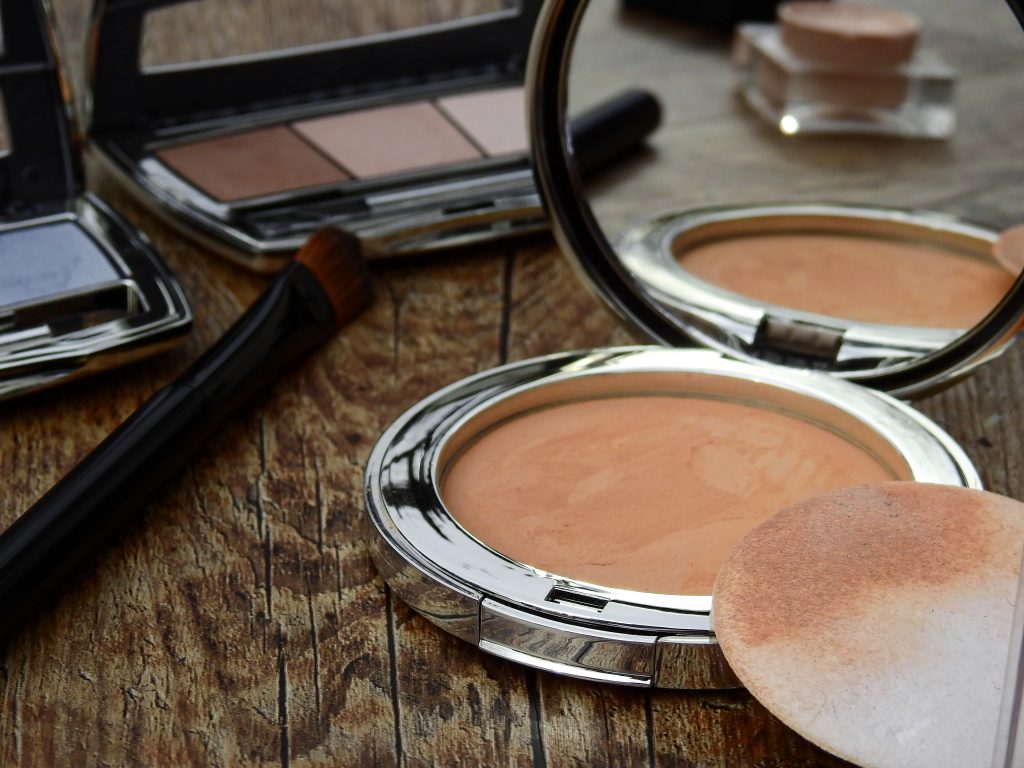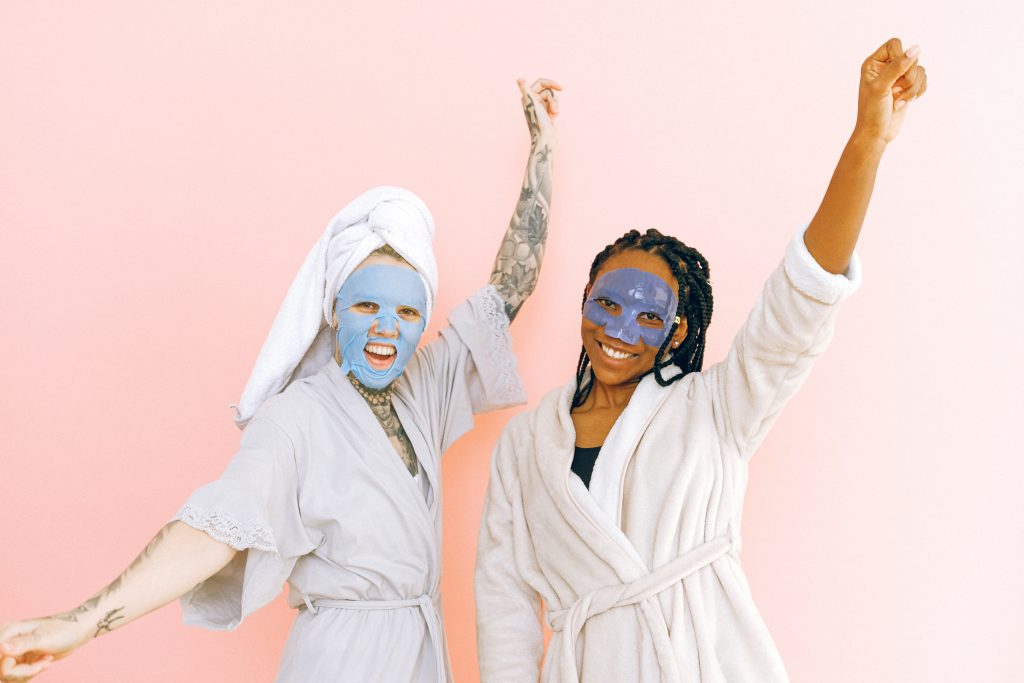By now, most of us know that 3D printing is here to stay. It’s made some big changes in several industries, and is only going to continue to revolutionize the way we make products.
But what about the beauty industry? It might not seem like 3D printing could disrupt the beauty industry, but in reality, it already has. As 3D printing advances, it’s going to have a big impact in the world of beauty.
Take a look at how these six companies have used 3D printing in the beauty industry, and what that means for the future of beauty brands.
Mink: The First 3D Makeup Printer
In 2014, entrepreneur Grace Choi created Mink, the world’s first 3D makeup printer. Her invention changed the idea of what we could and couldn’t do in the makeup world.
Since her announcement, the company has refined and iterated their techniques in hopes of creating a 3D printer that could be used by the general public.
Their hard work paid off—in 2019 they released a portable makeup printer for the masses. It runs through an app via wifi and lets users print ready-to-use makeup sheets from online images.
The Takeaway:
We’re living in the instant gratification era, where 2 day shipping is expected and we know that if we look hard enough, we can find what we’re looking for. Digital advances are allowing the beauty industry to keep up with those ever-rising customer expectations.
3D-printed makeup gives users more control. They can find images they like and print them directly, instead of walking through aisles trying to match colors.
Adorn: The 3D Makeup Pen
A year after Mink’s initial announcement, UK beauty company Adorn jumped on the bandwagon, releasing their own 3D scanner and printer.
Their printer comes in the form of a small pen which contains black, white, and blue pigments. But they took the idea to the next level with personalization. When users scan their faces, the pen detects the right skin tone, producing a personalized, ready-to-use foundation.
The Adorn scanner can match up to 75,000 shades, and their foundation works with all skin types.
The Takeaway:
The future of beauty is individualization. Who wouldn’t want a foundation that’s created specifically for them?
One of the biggest frustrations with foundation is trying to find the perfect shade. Adorn solved that customer problem in a big way.
The more you can do to personalize your products, the better. Try to find a way to offer more than just another product like everything else on the shelf. Figure out customer problems and solve them with your products.

Smashbox: The 3D Lipstick Launch
In 2016, Smashbox brought 3D printing to the lipstick world. They launched the #BeLegendary collection of 120 shades of lipstick with an online campaign that offered users a 3D-printed version of their ideal lipstick.
They let the customers choose any design or shape they wanted for their 3D-printed lipstick.
The Takeaway:
Smashbox did a lot of things right with their campaign. The biggest takeaway is that customization works. Not only could users pick from a range of 120 colors, but they could request any design under the sun.
If you can find ways to provide customization options for your buyers, you will attract interest and business.
The other big takeaway is that when it comes to beauty, you can’t provide too many choices. Don’t limit your offerings because you think it’s too much. The more options you provide for color, the better.
Chanel: New Options for Mascara
Those early pioneers of 3D-printed makeup were ahead of the curve, but more companies have joined in recently.
In June of 2019, Chanel released the first 3D-printed mascara brush. It uses a laser beam to print layers of polyamide powder. It relies on unique technology to produce a smoother, stronger mascara application.
The Takeaway:
3D printing does more than just allow companies to offer more choices. It also provides the chance for better products. With every advancement and invention, we’re learning more about the possibilities and improving on past ideas.
Neutrogena: Shaping Skin Care through 3D Printing

3D printing isn’t just improving the makeup landscape. It’s also opening new doors in skincare.
Neutrogena recently created a 3D-printed face mask. Using an app, users answer questions about their skin type and needs. Then they scan their faces. A mask to match their needs is printed.
They plan to release the masks to the public later this year.
The Takeaway:
Like Adorn, Neutrogena understands that 3D printing lets them offer individualized options. When these products become widely available, it’s going to change the way buyers view makeup and skincare. All beauty brands will be held to a higher standard and expected to offer personalized products.
JALA: Bioprinted Skin
While 3D-printed makeup is a high-level achievement by itself, other cosmetic companies have innovated with even bigger capabilities. JALA Group, a Shanghai-based company, used bioink technology to create a realistic 3D printed skin, complete with all three skin layers.
This opens up a world of possibilities for plastic surgery and reconstruction. Using this technology, damaged or burnt skin can be reconstructed.
It also offers new testing capabilities, which could very well eliminate the need for animal testing.
The Takeaway:
As 3D printing advances, we’re entering a new and unknown world of changes in the industry. But those changes can be used to solve problems and offer unprecedented advancements.
Package Printing Options

3D printing also offers new possibilities in terms of cosmetic packaging.
When packages are manufactured through 3D printing, each layer is printed with laser-accuracy, resulting in sharper, more precise packaging. Since the process offers so much precision, 3D printing is ideal for creating luxury cosmetic packaging.
Anita’s Balm, a small online skin care company, has used this technology to expand their business. They started out using 3D printers for their own skin product packaging. But they were soon contacted by other brands. Now they print packaging for several other small companies.
3D printing offers even more than aesthetically perfect packaging. Companies now have more options than ever to design and test packaging options before sending them off to the printer, cutting down on time and money and drastically reducing waste.
Environmental Impact
In the past, 3D printing has come with a downside—a negative environmental impact due to plastic filaments.
Now, though, companies have developed biodegradable materials that are both better for the environment and cheaper than plastic filaments. There are even some recycled plastic filaments available.
The beauty industry has struggled with pressures and criticisms over environmental issues in the past. 3D printing offers a way for the industry to take control of the narrative and engage in eco-friendly trends.
The Future of Beauty
Ten years ago, we probably would not have pictured having 3D makeup scanners right in our hands. It’s hard to imagine what changes the next ten years will bring.
We don’t know what the future will look like. But we do know that 3D printing will shift the beauty industry and change customer expectations. Brands will have to find ways to stand out and keep up.
If you’re just getting started with a beauty business and need more tips, Learn How to Launch a Beauty Product can help. It covers every aspect of starting a beauty business, from creating a solid foundation and getting funding to manufacturing, branding, sales, and marketing. Learn more about the course here.